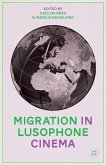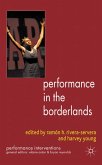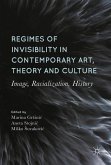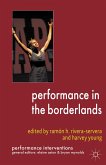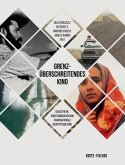This book makes visible the hidden relations between things and individuals through a discussion of creative processes and cultural practices. Italian life and culture are filled with objects that cross, accompany, facilitate or disrupt experience, desires, and dreams. Yet in spite of their ubiquity, theoretical engagement in the Italian context is still underdeveloped. Paolo Bartoloni investigates four typologies-the fictional, migrant, multicultural/transnational, and the artificial-to hypothesize that the ability to treat things as partners of emotional and creative expression creates a sense of identity predicated on inclusivity, openness, care, and attention.
"Bartolini demonstrates a keen grasp of his subject, not only when he is exploring the scholarly landscape but also when considering broader themes and modalities, thus offering a balanced and discriminating analysis of the cultural life and value of objects in an Italian context. His typologies engage the reader and provide valuable theoretical and cultural insights for a more profound understanding of the life of objects and things." (Diana Glenn, Italian American Review, Vol. 9 (1), 2019)


